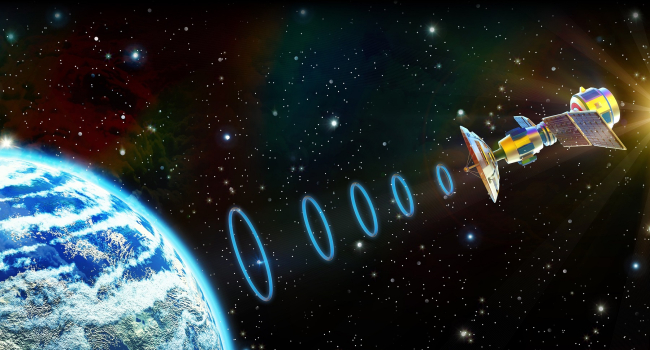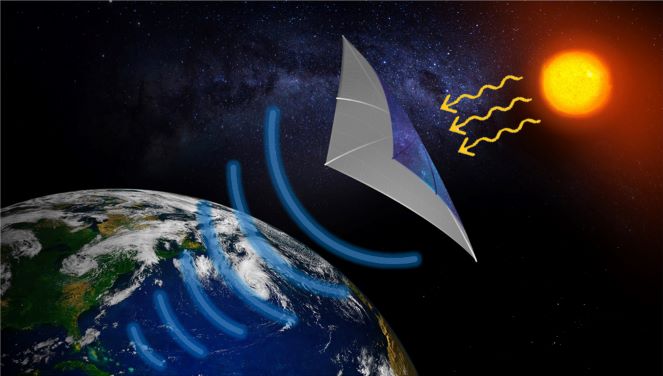In a groundbreaking step toward the future of clean energy, Japan is preparing to become the first country to successfully transmit solar power from space to Earth. This ambitious endeavor is part of the OHISAMA project, a name that translates to “sun” in Japanese, reflecting the project’s goal of harvesting solar energy directly from orbit.

The core idea behind OHISAMA is both simple and revolutionary: collect solar energy in space, where it’s abundant and constant, and beam it back to Earth using microwaves. Unlike ground-based solar panels, which are limited by weather, nighttime, and seasonal variations, space-based solar power offers uninterrupted access to the sun’s energy 24 hours a day. This innovation could potentially transform how the world generates and distributes clean energy.
Scheduled for launch in 2025, the initial phase of the OHISAMA project involves deploying a small satellite weighing approximately 400 pounds. This test satellite is equipped with a 22-square-foot solar panel that will capture sunlight in orbit. Once the solar energy is collected, it will be converted into microwaves and transmitted to Earth, where a special receiving antenna array will convert it back into usable electricity.

The initial energy output from the satellite will be modest—about 1 kilowatt, which is enough to power a small household appliance such as a dishwasher or a microwave for about an hour. While this might seem small, it’s a critical proof of concept. Demonstrating that solar power can be effectively and safely transmitted from space to Earth lays the foundation for much larger projects in the near future.
The receiving system on Earth is just as fascinating as the space-based component. The ground-based antenna system is designed to span 25 miles, with individual antenna arrays spaced roughly 3 miles apart. This large-scale setup is essential to efficiently capture the dispersed microwave signals from orbit and convert them into electricity with minimal loss.
Looking ahead, Japan has far more ambitious plans. If the OHISAMA project proves successful, the country aims to launch much larger power-generating satellites, each capable of producing up to 1 gigawatt of electricity—enough to power hundreds of thousands of homes. These massive solar satellites would orbit Earth at high altitudes, collecting energy day and night, and beaming it down to designated receiving stations across the country.

One of the most significant advantages of space-based solar power is its consistency. Unlike terrestrial solar panels, which can only operate during daylight and are subject to cloud cover and weather changes, satellites in orbit can continuously collect solar energy without interruption. This reliability makes space-based solar an ideal candidate for supplying base-load power—a steady, consistent supply of electricity that modern economies require to function efficiently.
Of course, the concept of space-based solar power is not entirely new. Scientists have been theorizing about it for decades, but Japan’s OHISAMA project marks one of the most tangible steps toward making it a reality. The challenges are immense—ranging from the technical difficulty of microwave energy transmission to the high cost of launching satellites—but so are the potential rewards.
As the world grapples with climate change and the need to transition away from fossil fuels, innovations like OHISAMA offer a glimpse into a cleaner, more sustainable future. If successful, this project could inspire other nations to pursue similar initiatives, turning space into a new frontier for renewable energy.
In summary, Japan’s OHISAMA project is not just a technological experiment—it is a pioneering leap toward redefining how we power our world. With its eyes set on the stars and its feet firmly planted in the quest for sustainability, Japan is leading the charge in a solar revolution that begins far above our planet’s surface.



